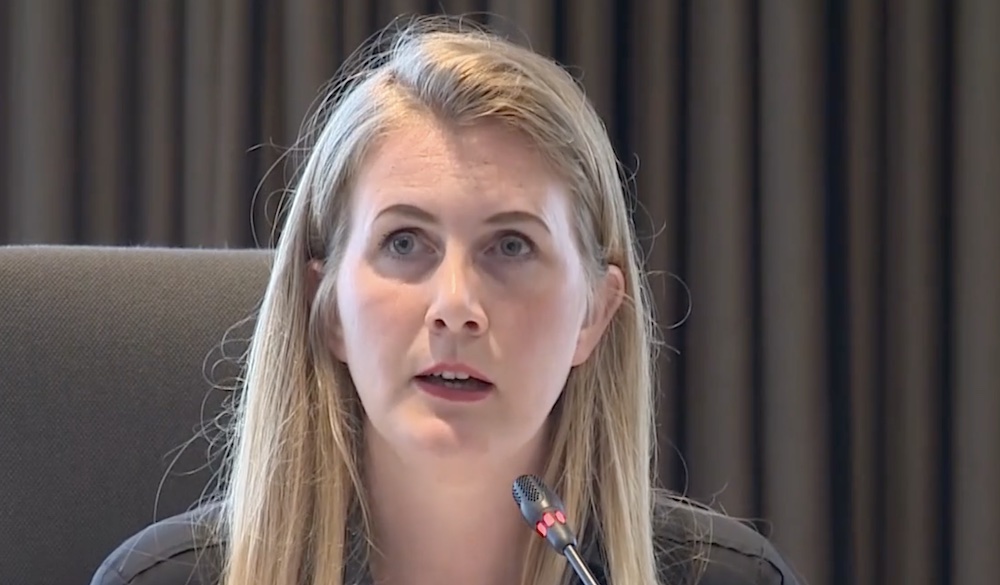Guido Frankfurther calls for a joint approach: "Let's join forces with residents, entrepreneurs and the Municipality of Amsterdam."
Entrepreneurs in the capital can breathe a sigh of relief again. The controversial traffic cuts in Weesperstraat and surrounding streets were lifted on Sunday, ending months of accessibility problems. MKB-Amsterdam is now mainly looking ahead and does not want to wait for the evaluation that is expected at the end of this year.
Vice-chairman of MKB-Metropool Amsterdam, Guido Frankfurther, emphasizes that they have had a different image for the Weesperstraat for years. “Instead of the cut, we prefer to see a 'squeeze'. That means one lane in each direction, a speed limit of 30 km/h, extensive facilities for pedestrians and cyclists, and a wide green area with trees in the middle,” explains Frankfurther.
With the lifting of the cuts, entrepreneurs, residents and the municipality have a new opportunity to transform Weesperstraat. Frankfurter does one call for a joint approach: “Let's join forces with the residents, entrepreneurs and the Municipality of Amsterdam. It is time to turn Weesperstraat into a real, attractive city street without introducing new cuts.”
The idea of the 'pinch' can perhaps offer a middle ground between accessibility and quality of life, and thus calm the mood in the city. Whatever the final decision, it is clear that entrepreneurs, residents and the municipality must work together on a sustainable solution for the Weesperstraat.

"So, it's over. All barriers and flower boxes are gone again and the Weesperstraat is accessible for through traffic again. Very nice for some people, very unfortunate for others. Because we have received such diverse reactions recently."
Melanie van der Horst - Alderman of Amsterdam
According to van der Horst, there have been a variety of developments in recent times comments received. It was eventful weeks, during which they learned a lot about what happens when you close a major road in the city to through traffic. “And of course not everything went well,” says van der Horst.
"With the data from the license plate investigation, we can see per target group who drove which road and how long it took them. We also see whether more people have started traveling in a different way. This will provide us with valuable information for when we start taking new traffic measures in other places in the city."
Melanie van der Horst - Alderman of Amsterdam
It is certain that measures will be taken. “We must act now to ensure that our city remains accessible in ten to twenty years.” Some things were very annoying and I had to fix them immediately. For example, they ensured that GPs and midwives were allowed to go through the barriers if they had an emergency ride. And were student transport and transport for people with disabilities allowed through the barriers because it turned out that they were hit hard by the test.
Master plan Wibautas
SME Metropolis Amsterdam urges to follow the Wibautas Master Plan that was adopted by the city council at the beginning of this century. According to the SME, the implementation of this plan incorrectly only related to Wibautstraat.
Guido Frankfurther, Vice President of MKB-Metropool Amsterdam, expressed his surprise at the limited implementation of the plan. “Residents and entrepreneurs are amazed. Why is the implementation only aimed at Wibautstraat? Take the original plan, which is already worked out in the drawer, and execute it!” he says. Frankfurther points to the current single lane at the Namen Monument in a southerly direction, as proof that the vision of the Wibautas Masterplan is feasible in practice.
The Amsterdam SME Metropolis believes that the proposed 'pinch' should be accompanied by extra measures to deter through traffic. The combination of these measures would not only improve accessibility for entrepreneurs, but also improve the general quality of life and safety of the area.
The Wibautas Master Plan aimed to transform the urban axis, including Wibautstraat and Weesperstraat, into a more liveable and safe environment. With renewed interest in this plan, it is hoped that both residents and entrepreneurs will be able to reap the benefits of a well-thought-out and sustainable urban design in the near future.




